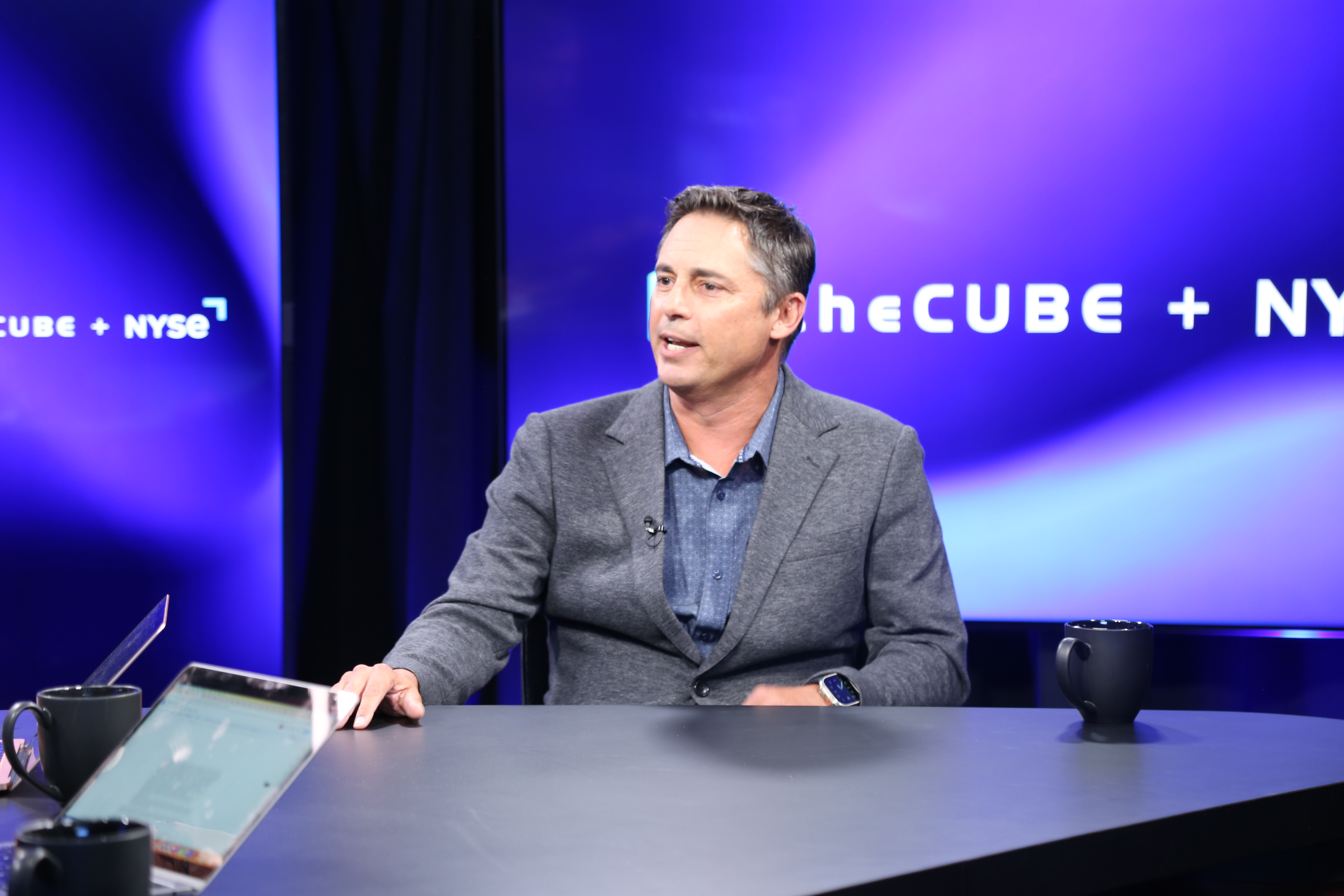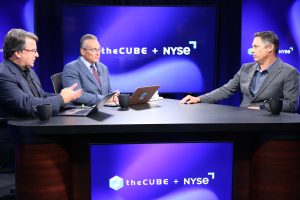 AI
AI
 AI
AI
 AI
AI
As artificial intelligence remains a hot topic, enterprises are increasingly focused on accelerating AI capabilities. This has fueled the rise of optical interconnect technology platforms such as Photonic Fabric, which are gaining significant momentum.
To revolutionize AI infrastructure and overcome the limitations of traditional frameworks struggling with the soaring demand for AI models, Photonic Fabric offers an innovative, out-of-the-box solution. It enhances memory capacity and bandwidth while maintaining low latency, paving the way for next-generation AI performance, according to Dave Lazovsky (pictured), co-founder and chief executive officer at Celestial AI.

Celestial AI’s Dave Lazovsky talks to theCUBE about the game-changing impact of Photonic Fabric.
“Celestial AI is the creator of the Photonic Fabric, which is the optical interconnectivity technology platform for accelerated computing,” Lazovsky explained. “Said another way, we’re connecting AI accelerators with light, with photonics … high bandwidth, low latency, low power interconnectivity.”
Lazovsky spoke with theCUBE Research’s Dave Vellante and John Furrier at the AI Infrastructure Silicon Valley – Executive Series event, during an exclusive broadcast on theCUBE, SiliconANGLE Media’s livestreaming studio. They discussed how Photonic Fabric is changing the AI acceleration game.
Optically interconnected high-bandwidth memory comes in handy when boosting compute efficiency. As a result, Photonic Fabric offers tailor-made solutions, such as compute-to-compute or processor-to-processor interconnectivity in the near-term, as well as decoupling HBM scaling from compute, according to Lazovsky.
“What the Photonic Fabric enables is not just an increase in the energy efficiency in the performance associated with compute-to-compute fabric interconnectivity, but because we have a technology platform that enables bandwidth that is equivalent or superior to HBM3 or HBM4, we have the ability to disaggregate memory,” he said. “Photonic Fabric enables it with optically interconnected HBM.”
Since the cost per gigabyte of memory capacity is going through the roof, Photonic Fabric looks at the other side of the coin and offers light, photonics and optical connectors across AI acceleration systems for growing workloads. This makes it an ideal stepping stone in the AI field, according to Lazovsky.
“There’s two drivers for the package getting bigger. It’s an increase in the compute horsepower per package, but also increasingly so, there’s a need for more and more high bandwidth memory across AI acceleration systems,” he said. “By eliminating the use of GPU as the world’s most expensive memory controller, if you don’t need the flops and you’re just buying GPUs for memory capacity, there’s a more efficient way to do it.”
As an interconnect platform meant to streamline the movement of encoded data to computation points, Photonic Fabric is changing the game by revamping optical interconnects for AI computing and memory infrastructure. This is because innovation lies in the holistic approach to building the full stack and providing tailored solutions, Lazovsky explained.
“What we’re not doing is competing with Nvidia and AMD and the hyperscalers,” he stated. “We have a technology platform that we’re making available to them to improve the performance of their systems, to improve the interconnectivity bandwidth, the resulting performance, latency and power consumption. We’re building not just the silicon photonics component of it, but we have expertise in the control electronics, the SerDes, the network convergence layer to ensure protocol compatibility.”
Here’s the complete video interview, part of SiliconANGLE’s and theCUBE Research’s coverage of the AI Infrastructure Silicon Valley – Executive Series event:
Support our open free content by sharing and engaging with our content and community.
Where Technology Leaders Connect, Share Intelligence & Create Opportunities
SiliconANGLE Media is a recognized leader in digital media innovation serving innovative audiences and brands, bringing together cutting-edge technology, influential content, strategic insights and real-time audience engagement. As the parent company of SiliconANGLE, theCUBE Network, theCUBE Research, CUBE365, theCUBE AI and theCUBE SuperStudios — such as those established in Silicon Valley and the New York Stock Exchange (NYSE) — SiliconANGLE Media operates at the intersection of media, technology, and AI. .
Founded by tech visionaries John Furrier and Dave Vellante, SiliconANGLE Media has built a powerful ecosystem of industry-leading digital media brands, with a reach of 15+ million elite tech professionals. The company’s new, proprietary theCUBE AI Video cloud is breaking ground in audience interaction, leveraging theCUBEai.com neural network to help technology companies make data-driven decisions and stay at the forefront of industry conversations.